Haslet: English pork and sage meatloaf
Haslet is an old fashioned but much-loved English pork meatloaf flavoured with sage and onion. It’s usually served cold in sandwiches, with pickles, or salad. Great fried until golden brown and eaten as part of a cooked breakfast too.
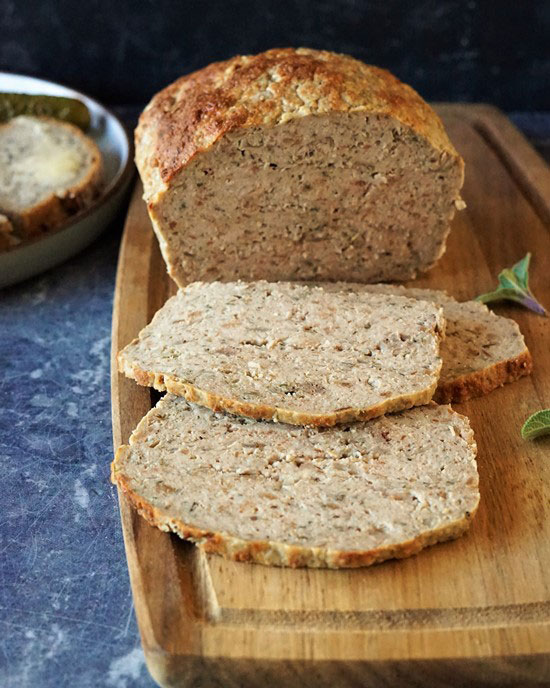
These days, it’s less common to find haslet in shops and at markets. But it’s so easy to make at home with a few everyday ingredients.
In my simple version, there’s no need to add the traditional offal (unless you want to) or find specialist ingredients like caul fat.
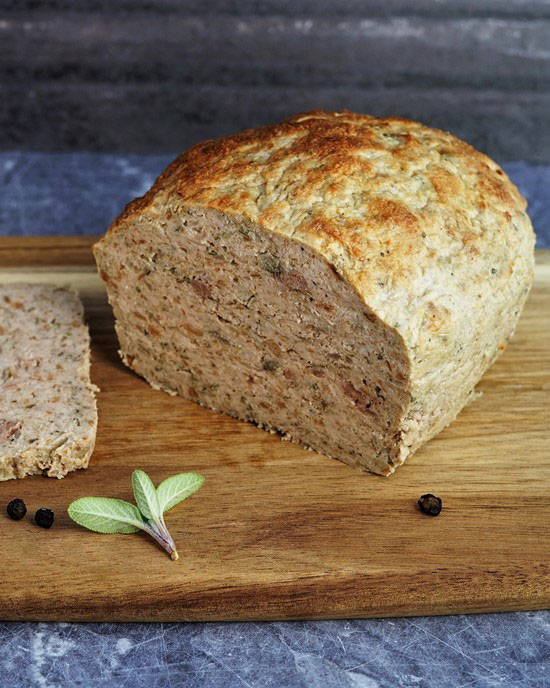
Jump to Recipe
Growing up in the English Midlands in the 1970s and 80s, haslet (along with Potted Beef) was one of those traditional British foods I loved. Bought from the butcher, it was relatively cheap.
We’d eat thin slices of the peppery, sage-flavoured pork meatloaf in sandwiches for weekday lunches. Sometimes we’d have it for Saturday tea alongside what then passed for salad. Literally one tomato, one lettuce leaf, a bowl of sliced cucumber and onion that had been steeped in diluted vinegar, plus bread and butter. That would be followed by cake, always homemade.
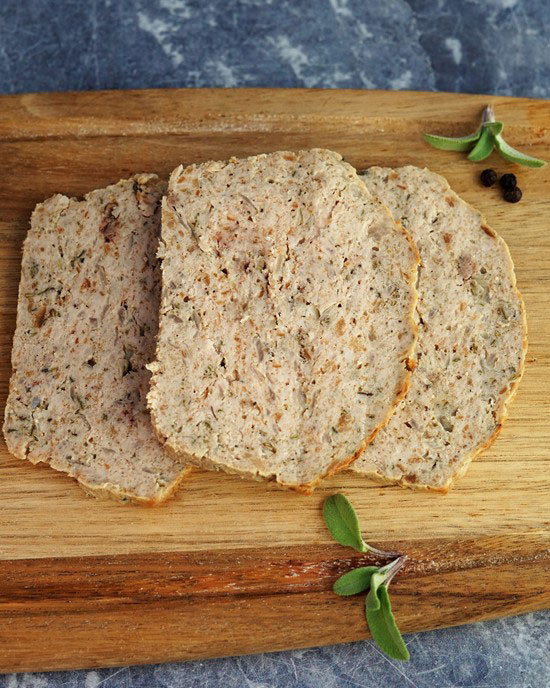
These days, haslet seems rather old-fashioned. With the loss of many traditional markets and butchers it isn’t easy to find either. I occasionally see it on a deli counter or in packets at the supermarket, but it just doesn’t taste the same.
However, if you remember and love haslet or maybe want to try it for the first time, you’ll be pleased to know that it’s very easy to make at home.
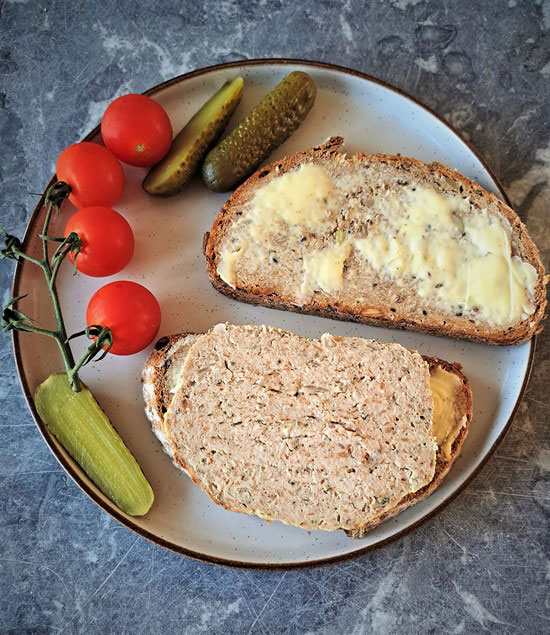
WHAT IS TRADITIONAL HASLET?
While it seems to have been made in various parts of England, haslet is especially associated with the county of Lincolnshire. Like their famous sausages, haslet is usually flavoured with sage.
Haslet is thought to get its name from the fact that it originally included offal. Possibly from the French hastilles (entrails) or hastelet (pieces of roast meat), or the English harslet (pig entrails).
However, tastes change, and I haven’t recently seen any haslet to buy that includes offal. And that includes butcher’s versions which tend to use the same mix as for their Lincolnshire sausages.
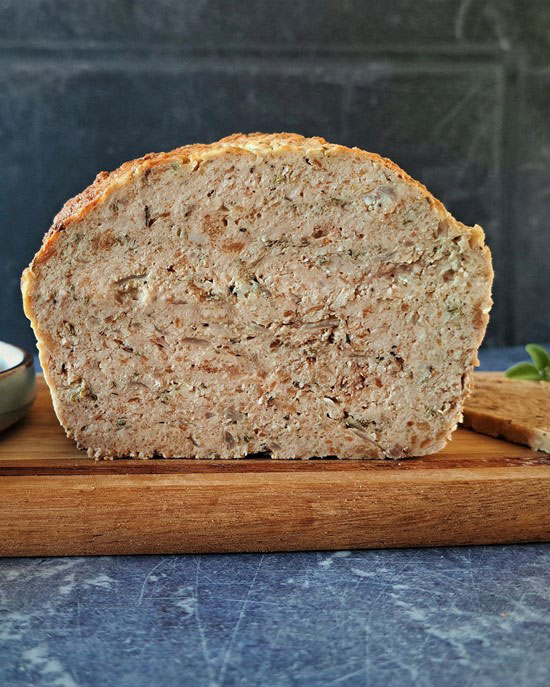
Traditionally, after the raw ingredients were combined and shaped into a rounded loaf, they were wrapped in a sheet of caul fat and baked. The haslet was then left until cold before slicing.
As you’ll see, my version of haslet is a simple one geared to the home cook. There’s no need to add offal (unless you want to) or find specialist ingredients like caul fat.
If you’re ready to cook Jump to Recipe. Or read on for more tips and step-by-step images.
MY HOMEMADE HASLET
I admit that I’m not a fan of strong offal flavours. Growing up, the haslet I loved didn’t taste of offal anyway, so it doesn’t feel inauthentic not to include any in my own recipe.
However, I do add a teeny bit of pig’s liver as an almost indetectable background flavour. Just 25 grams against 500 grams of minced free-range pork. But please feel free to leave it out. On the other hand, if you like offal, you can replace up to half the pork mince with liver if you want to.

So that the haslet holds together well, your pork mince shouldn’t be too lean. Also helping to bind the mix there’s breadcrumbs (soaked in milk then squeezed dry) plus an egg.
Haslet is one of those foods where I think dried herbs are better than fresh. But whether you use fresh or dried, don’t be mean with it. Remember that the flavour of cooked foods is a little more subtle once cold, so season well. Because I like a very peppery haslet, I add both white and black pepper.
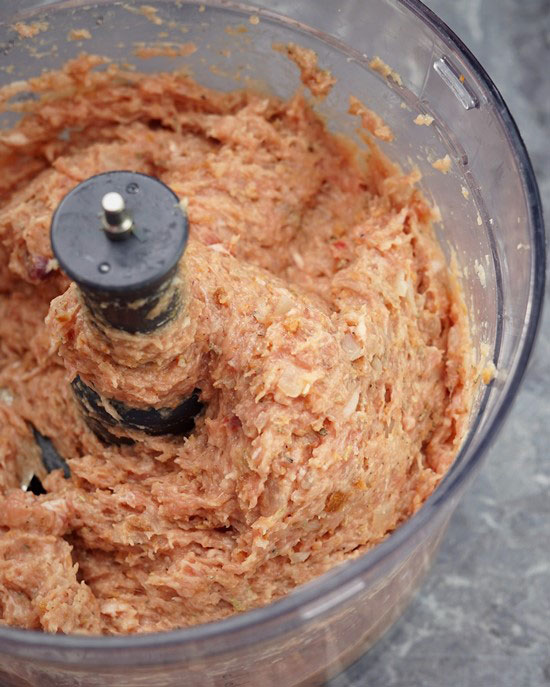
If you prefer a coarse texture, then you can mix the ingredients with your hands. However, a finer texture is ultimately easier to slice so I whizz in a food processor. I also simmer the chopped onion in water until quite soft as it’s easier to combine with the other ingredients.
TASTE BEFORE BAKING
As with all recipes that you can’t taste as you go along, I always test a bit of the mixture. Shape a teaspoonful or two into a patty or ball. Then fry and taste it. Do you need to add extra seasoning or sage? It would be a shame to end up with a dull flavoured haslet by missing this extra step.
SHAPING & BAKING
Although I’ve baked haslet in a loaf tin before, I now prefer them freeform. The resulting oval shape with a slightly domed top looks more traditional, and you can get more browning down the sides.
Whether you use a tin or a baking dish, brush it first with melted lard (or butter) so the haslet won’t stick. Once I’ve transferred the mixture to the dish, and smoothed it into the shape I want, I give the top a brush with the fat too.
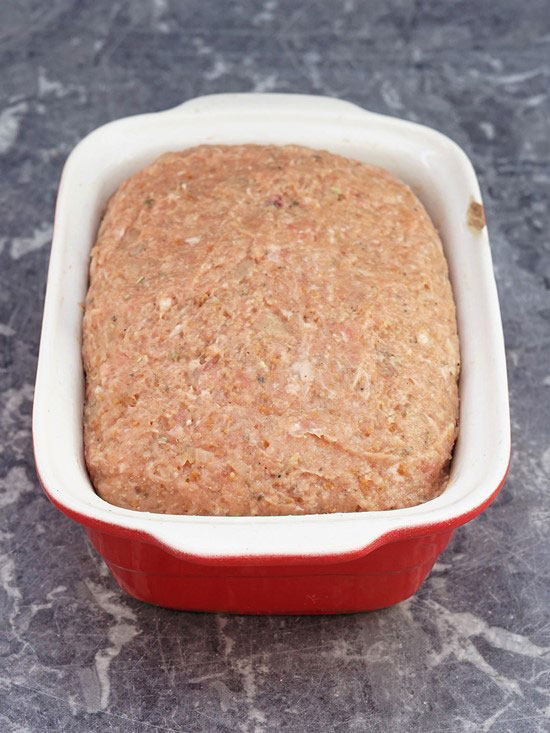
For even baking, I use a bain marie or water bath. All this means is that you put the dish or tin into a deepish baking tray then pour in boiling water from a kettle. The water should come about halfway up the sides.
The whole thing then goes into a preheated oven and is baked for an hour. For the final 10 minutes, I remove the water bath and turn the temperature up to encourage more browning. To check if the haslet’s ready, poke in a skewer: the juices should run clear.
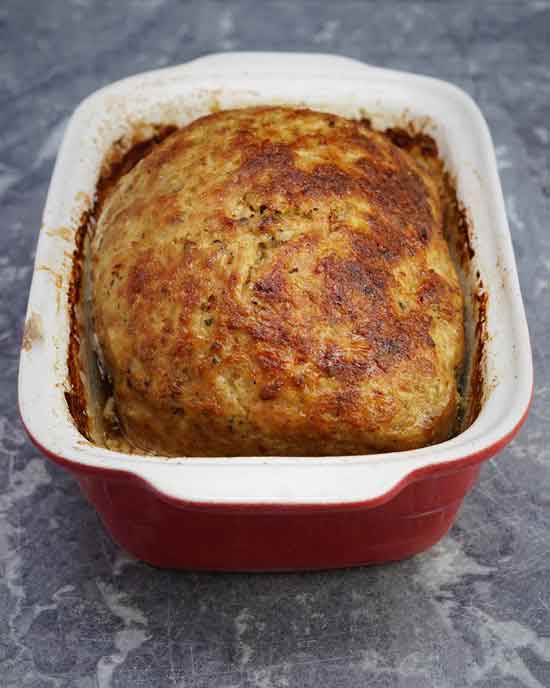
Don’t try to remove the haslet from the cooking vessel yet though. Leave it for 15 minutes to settle, then pour off any collected juices (these will taste delicious: save for stock or gravy or even just drink while warm). Gently tip the haslet onto a board and leave until completely cold before slicing.
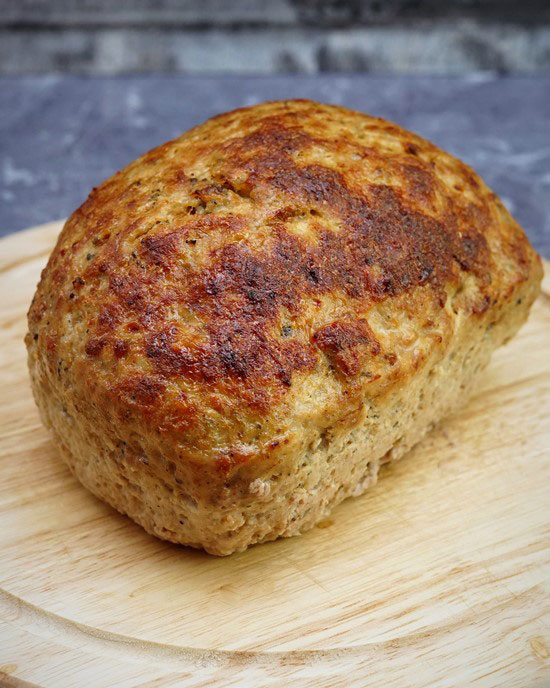
SERVING & STORING HASLET
My favourite way of eating haslet is still sliced thinly and eaten on bread and butter. Perhaps with a few pickles or salad on the side. This way, I think you can appreciate the flavour of the simple but oh-so-good flavours. Pork, herbs, and a moreish pepperiness.
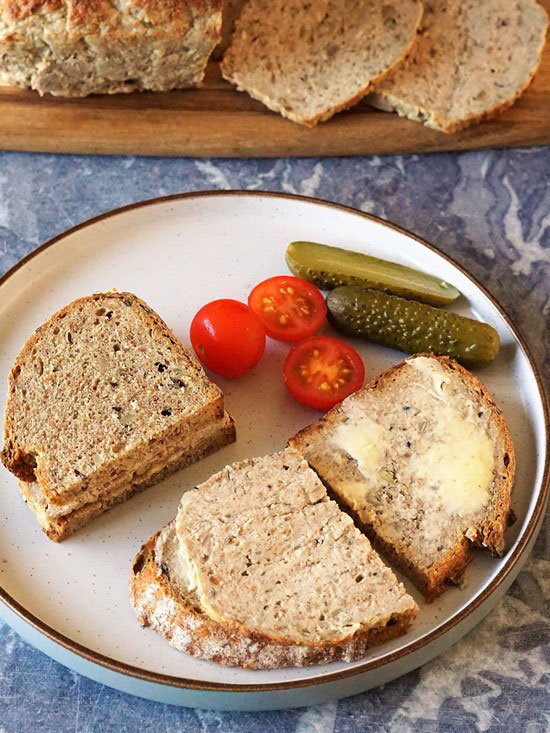
I’ve heard of people eating haslet hot with gravy, potatoes, and veg. But the only way I eat it warm is by frying slices until browned and a little crispy. It’s lovely in a sandwich, or you can include it in a cooked breakfast instead of sausage.
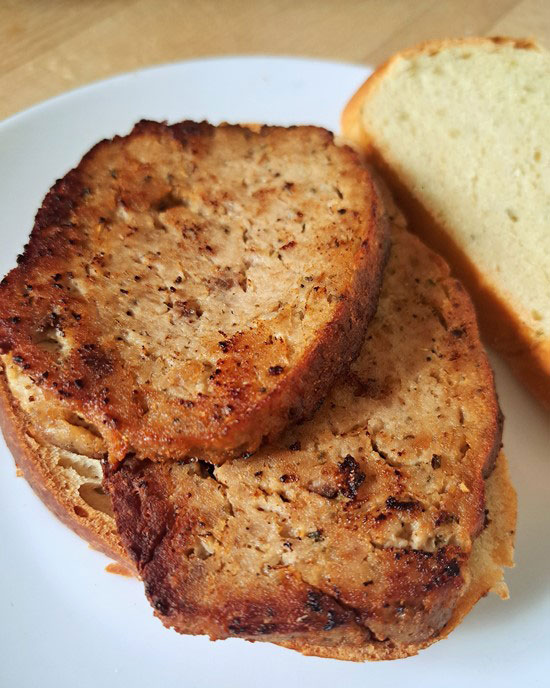
Haslet will be fine stored in the fridge for 3 – 4 days or you can freeze it. I slice it first, then lay the slices on a cling-film lined tray. Once frozen, I transfer the slices to a freezer tub or bag. Then I can just take out individual slices and defrosted as needed.
Do you have memories of eating haslet? I’d love to hear what you think of my recipe so please leave a comment.
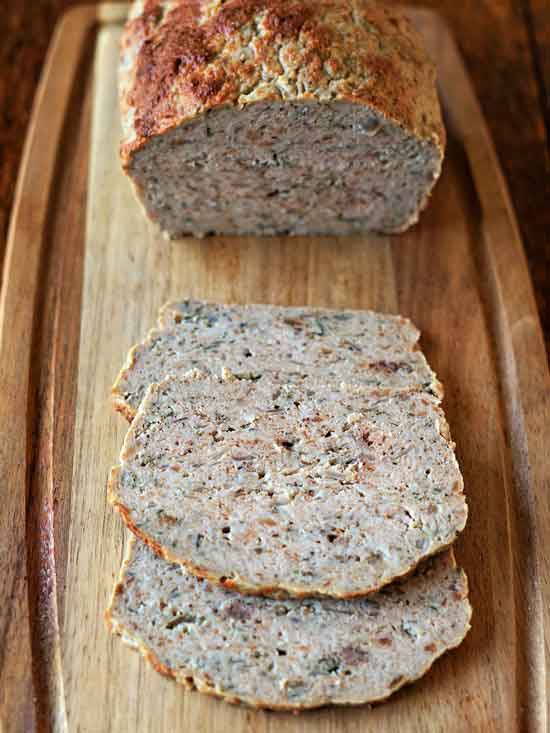
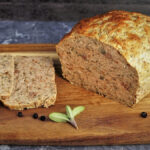
Haslet: pork and sage meatloaf
An old fashioned and much-loved English pork, sage and onion meatloaf or terrine. Best eaten cold and sliced in sandwiches, with pickles and salad. Slices can also be fried and eaten as part of a cooked breakfast.
Ingredients
- 1 large onion roughly chopped
- salt to taste
- 150 - 200 ml milk
- 80 g breadcrumbs or cubes of stale bread
- 10 g lard or butter melted
- 500 g minced pork avoid lean mince
- 25 g pig's liver, finely chopped OPTIONAL see Recipe Notes
- 1 large egg
- ¼ tsp ground white pepper
- ¼ tsp ground black pepper
- 2 - 3 tsp dried sage or double the amount of fresh sage
Instructions
-
Preheat your oven to 200 C / 180 Fan / Gas 6.
-
Put the chopped onion in a small saucepan with a pinch of salt and cover with boiling water from a kettle.
Simmer until soft (8 - 10 min) then drain, cool under running cold water then drain again. Squeeze between your hands to remove as much water as possible.
-
Pour milk over the breadcrumbs or diced bread, stir so it's submerged and leave to soak for a few minutes. Squeeze between your hands to remove as much milk as possible.
-
Use some of the melted lard or butter to grease a small baking dish or loaf tin.
-
Mixing the ingredients: for a fine texture use a food processor. Otherwise, mix in a bowl using your hands.
Combine the pork mince with the liver if using, the squeezed dry bread and onions, the egg, ¾ tsp of salt, the black and white peppers, plus 2 tsp of sage. Ensure that the ingredients are thoroughly mixed.
Take a teaspoon or two of the mixture, shape into a patty or ball and fry in a little oil until cooked through. Cool a little then taste: add more salt, pepper, or sage to the remaining mixture if needed.
-
Transfer the mixture to the prepared baking dish or loaf tin. Form into a loaf shape, pressing together well to avoid gaps: traditionally the top is slightly domed.
Brush with more of the melted lard or butter.
-
Put the baking dish or loaf tin in a deep roasting tray and pour boiling water from a kettle into the tray until it comes halfway up the sides.
-
Transfer to the oven and cook for 1 hour or until the juices run clear when a skewer is inserted.
Optional (for a darker top): for the final 5 - 10 minutes discard the tray with the boiling water and turn the temperature up to 220 C / 200 Fan / Gas 7.
-
Remove from the oven and leave to rest for 15 minutes.
Pour off any juices (use in gravy, stock, or just drink it) then carefully tip out the haslet onto a board.
Leave to cool.
-
Slice when completely cold and serve on sandwiches or with salad and pickles.
Can also be served hot from the oven or fried.
Eat within 3 - 4 days or can be frozen.
Recipe Notes
Optional Liver. Although haslet would traditionally have been made with offal, these days it rarely contains any. I prefer just a little (25 grams of pig's liver) which adds complexity of flavour without giving a strong offal taste but leave out if you prefer. Alternatively, if you like it, you can replace up to half of the pork mince with liver.
RELATED RECIPES

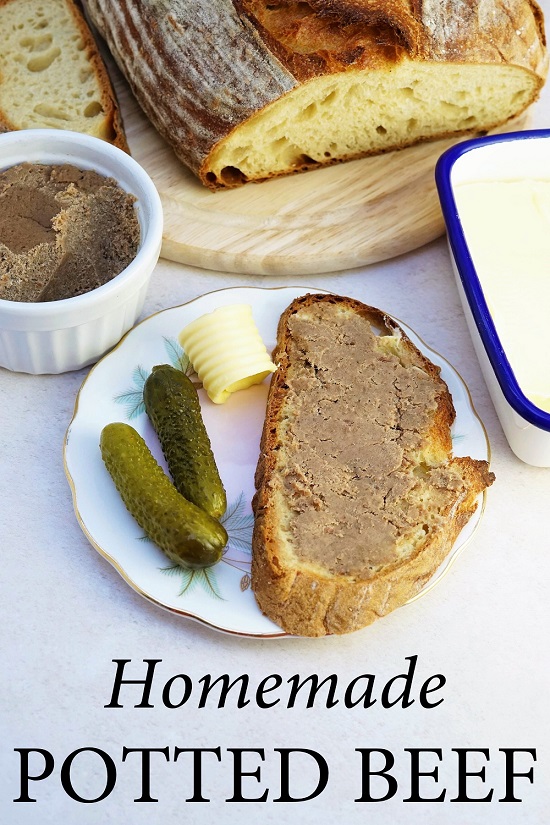



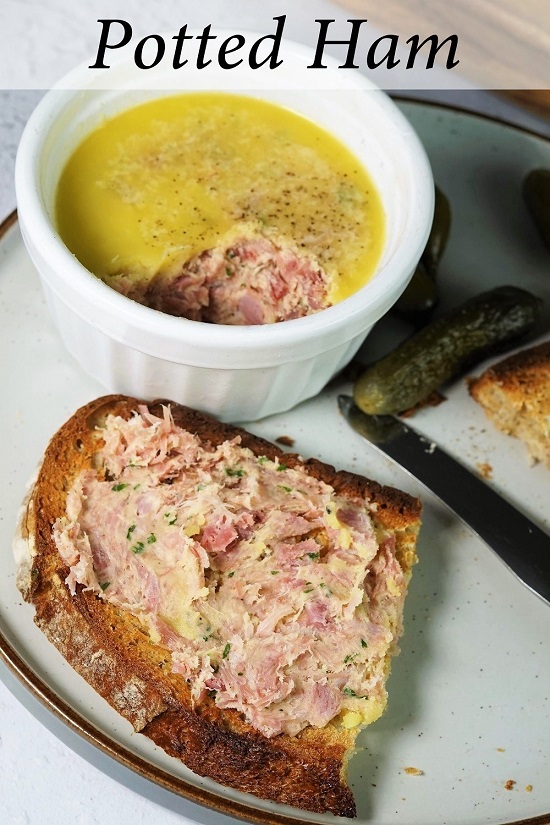
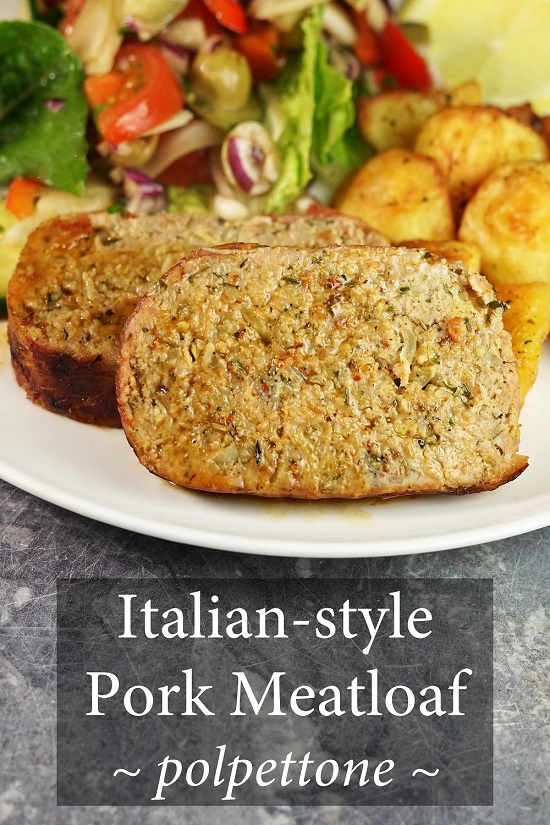
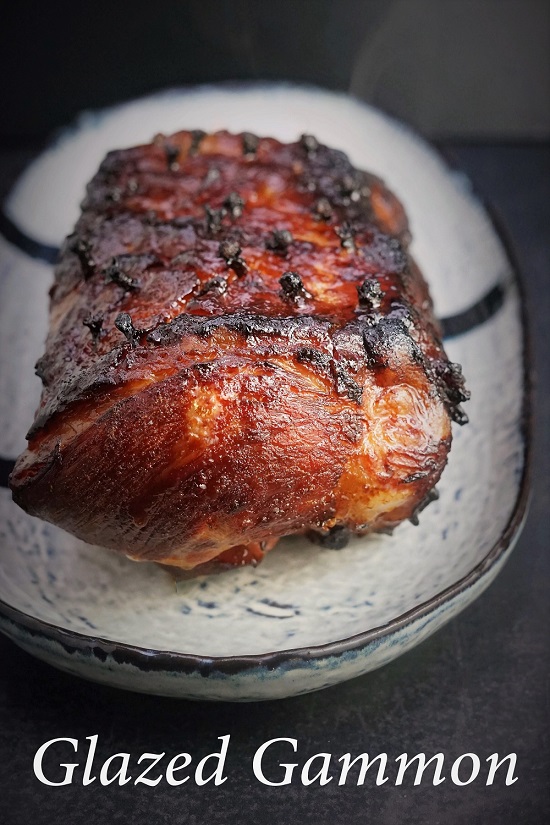

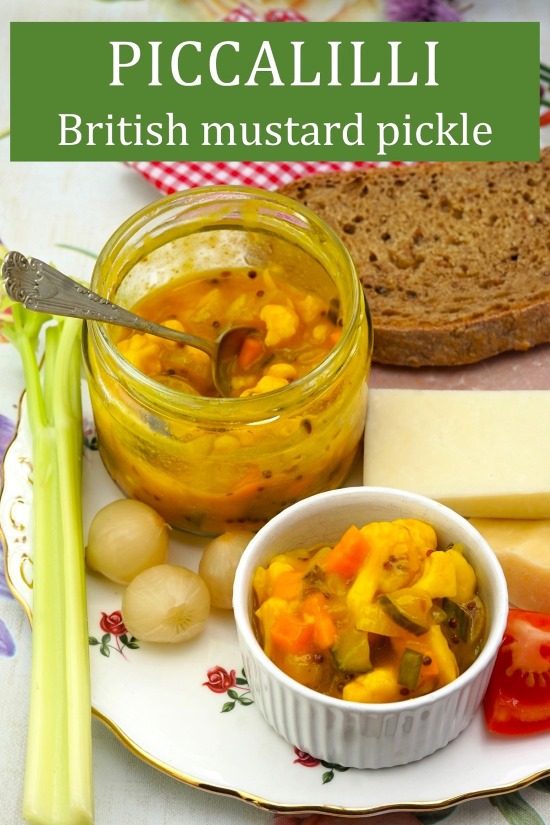
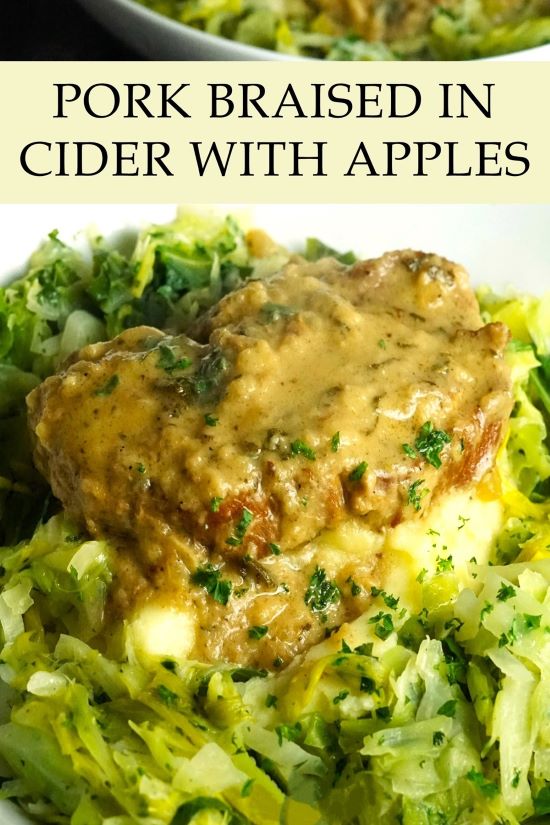
Will definitely be trying this. I’ve enjoyed your potted ham already. Coming from the “Bath Chap” and “faggots” area of England, we didn’t have haslet often. I thought it was a typically English name – until I looked it up.. Can’t get it here in Canada not that I’ve seen, but I’ll ask Alan Irving, our local Cumbrian artisan pork producer, if he knows. Looking forward to some for breakfast particularly. Thanks for this recipe.
Thanks for your interest in my recipe! Do come back and let me know what you think if you make the haslet.
Hello Lynne
I’m so pleased I’ve come across this recipe. You’re so right… I just don’t see haslet any more and it was always a favourite of ours. I live in county Durham and still make the cucumber and onion in sweet vinegar!
I’m going to make this recipe within the next week or so and will let you know how I get on.
I’ll have a nosy around your blog in the meantime. Thanks for posting the recipe.
Marion
Thank you for getting in touch, Marion. Good to hear that you still do the cucumber and onion in sweet vinegar! I’d love to hear what you think of the haslet if you do make it.
Hello again Lynne
I’ve just got around to making this now.
Really great recipe. It was easy to do, smelled great in the oven and tastes beautiful! I’m looking forward to having the leftovers fried up!😊
Thanks again for a great old fashioned recipe. One to keep…
Lovely to hear from you again Marion! So pleased you enjoyed the haslet recipe.
If you haven’t seen it already, you might also like my Potted Beef: another tasty, old fashioned one. https://moorlandseater.com/homemade-potted-beef/